LOS ANGELES, CA – Last Wednesday, Nov. 8, the Screen Actors Guild (SAG) and the American Federation of Television and Radio Artists (AFTRA) approved a tentative contract, officially ending their months-long strike on Thursday, Nov. 9. The joined organizations reached a deal with the Alliance of Motion Picture and Television Producers (AMPTP) regarding fair pay and protections against artificial intelligence.
SAG-AFTRA, Terry Wilkerson, and AMPTP
The SAG-AFTRA strike began on July 14 and it is the first time Hollywood actors went on strike since the late 1900’s. SAG, established in 1933, represents all actors on screen, including extras. Prominent Hollywood actors like Angelina Jolie, Brad Pitt, and Reese Witherspoon are part of SAG, as well as journalists and on-air reporters. This strike proved to be the longest in the union’s history, lasting 118 days.
At the front of the picket lines during the long months of protesting was Warner Brothers’ head strike captain, Terry Wilkerson. A writer, producer, director, and actor, Wilkerson held a major stake in the outcome of the strike.
AMPTP represents major Hollywood studios – Netflix, Amazon, Apple, Sony, Universal, etc. – that produce popular movies and shows like “Avatar” and “Stranger Things.” Due to the strike, many highly anticipated releases were delayed, including new Marvel films and Disney’s upcoming live-action “Snow White,” according to the New York entertainment website Vulture.
“We’re not holding up Hollywood. It’s AMPTP,” Wilkerson said on Oct. 28, during the strike.
The 40 strike captains under Wilkerson would cross the Warner Brothers lot with bullhorns, spreading positive messages and checking people in. On an average day, the lot saw around 300-500 people show up to strike.
A major part of Wilkerson’s job as head strike captain was ensuring the safety of his captains, some of whom received threats and were nearly run over in the lot. Despite this, Wilkerson kept morale up and never missed a single day of striking.
Occasionally, SAG-AFTRA organized rallies. In September, Wilkerson spoke at a Paramount rally that attracted about 2,000 people, including actors Margot Robbie and Sean Penn. A SAG-AFTRA picket line in October disrupted Disney’s 100th anniversary celebration.
Wilkerson first joined the picket line of the Writers Guild Association (WGA) earlier this year. He appeared on the lines every day, high-fiving and sharing his light with the union. WGA saw his passion, positivity, and dedication, so when it became clear that SAG-AFTRA would join them in striking, WGA captains nominated Wilkerson for head strike captain.
Why did SAG-AFTRA go on strike?
WGA reached a tentative agreement with AMPTP in September, but SAG-AFTRA was still striking for their rights. Their contracts were being renewed with no regulations regarding streaming. 20 years ago, Wilkerson said, streaming was just beginning. Now, streaming platforms like Netflix are widespread. Yet actors receive virtually no residuals; in other words, studios don’t pay them each time a platform streams their film or show.
During the first round of negotiations in October, Ted Sarandos, CEO of Netflix, walked out, upset about what he believed to be demands that were too high.
“They feel that our demands are too unreasonable. Most people pay $19.99 a month [for streaming subscriptions]. We are asking for the equivalent of 52 cents per year, per subscriber, and they won’t give it to us,” Wilkerson said.
As an actor himself, Wilkerson has a manager and an agent. He said he pays them 10% of his contract for each gig he books. In comparison, SAG is asking for 0.01% from AMPTP.
Along with fair pay, SAG-AFTRA demanded control over AI. Before recent negotiations, studios were able to scan extras’ images with AI and use them indefinitely. In the case of franchises, this could be done throughout multiple films. Studios would own the rights to those images and not have to pay actors each time they use their images. They would only pay the actors once, and they would not consult them before using their images in other projects.
“AI is a very important tool and very dangerous at the same time,” Wilkerson said. “Studios are being very sneaky. We’re fighting so that [actors] get paid each time their image is used. We want control over our image.”
Who does the strike impact?
Union members were essentially unemployed for the duration of the strike, and their economy lost around $5 billion, Wilkerson said. The strike affected not only actors but also production teams and local businesses. Make-up artists, drivers, set builders, dry cleaners, local coffee shops, and more lost revenue while production ceased.
Mr. Brown, Los Alamitos High School’s film teacher, spoke of a friend who was shooting a film in Oklahoma when the strike started. They had around three weeks left of filming before production shut down, and they just received the green light to return to filming.
“People have been waiting, and they still have to support their family,” Mr. Brown said. “It’s tough to make money, but they’ve stood in solidarity with all the actors and people on strike.”
“We are leading the fight for all working-class people,” Wilkerson said. He added that many actors lost their homes and cars, and some waited tables “to make ends meet.” During the strike, actors were under a gag order, unable to promote their films or attend events like premieres and film festivals.
The strike was “very historic,” Wilkerson said, not just for SAG-AFTRA but for all unions and workers.
“These bigger guys don’t want to pay the little guys who are doing all the work,” he said. “We’re inspiring autoworkers to teachers to hotel workers to stand up for themselves and demand fair pay.”
Negotiations and the end of the strike
AMPTP was pressured to return to the negotiations table recently because popular shows and major films were scheduled to come out by Nov. 6, including Warner Brothers’ “Wonka,” “The Color Purple,” and “Aquaman 2.” The studios knew if a deal wasn’t reached soon, episode and film releases would be pushed back again, and they would lose money.
After days of negotiations last week, SAG-AFTRA and AMPTP approved the proposed contract. Fran Drescher, union president, and Duncan Crabtree-Ireland, chief negotiator, represented SAG-AFTRA in the discussions.
“Are we tired? Yes. Are we exhausted? Yes. Will we buckle or break? No,” Wilkerson said. “We’re fighting for future generations.”
“It allows students and incoming film makers to still work in this industry, make money, and have the opportunity to make art and follow their passions,” Mr. Brown said.
According to the LA Times, the deal included increases in members’ minimum wage, residual payment for streaming, and health and pension benefits. The contract also establishes regulations on AI. All this was cause for major celebration last week among SAG-AFTRA members.
While the strike is over and an agreement has been struck between actors and studios, it will take time for actors and the entertainment industry as a whole to recover financially. However, the end of the SAG-AFTRA strike marks a significant turning point in Hollywood’s history.
The union secured concessions for its members that were not on anyone’s mind decades ago. With the advent of streaming services and the threat of AI, SAG-AFTRA affirmed that actors and their allies refuse to back down and will fight to protect their rights and jobs.
This article was originally written on Oct. 28 for the features competition at JDay, an annual event held at California State University, Northridge by the CSUN journalism department, LA Times High School Insider, and the Southern California Journalism Education Association. Terry Wilkerson was a speaker at JDay. The author revised this article and updated it with recent information before publishing it in the Griffin Gazette.

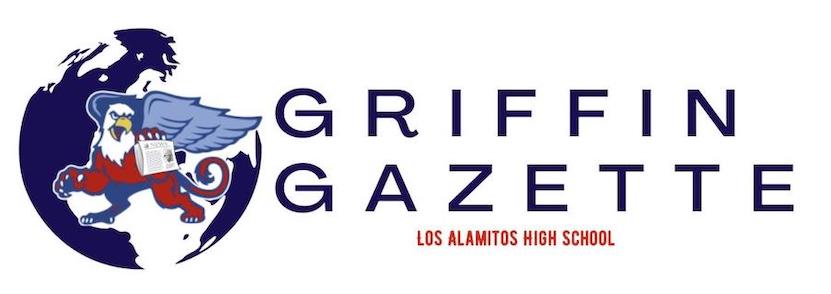

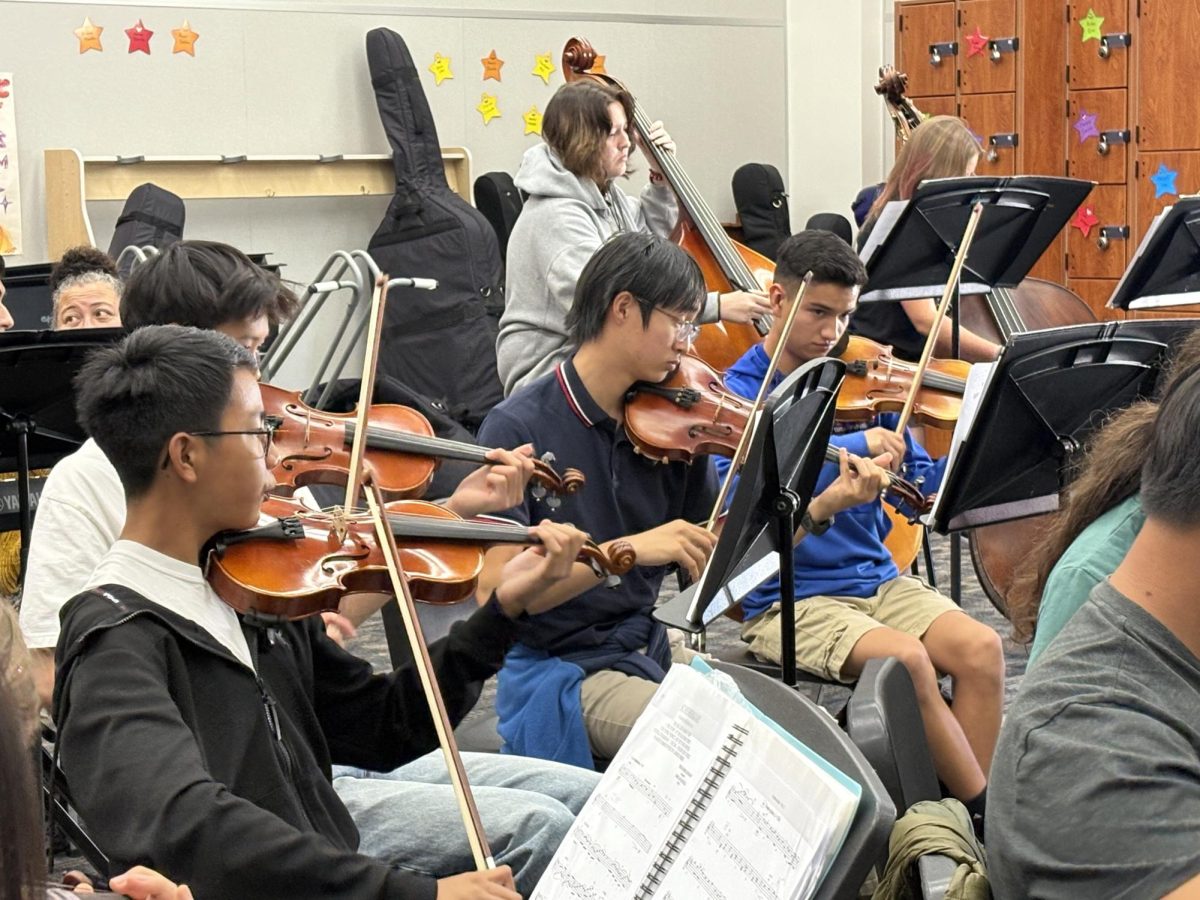


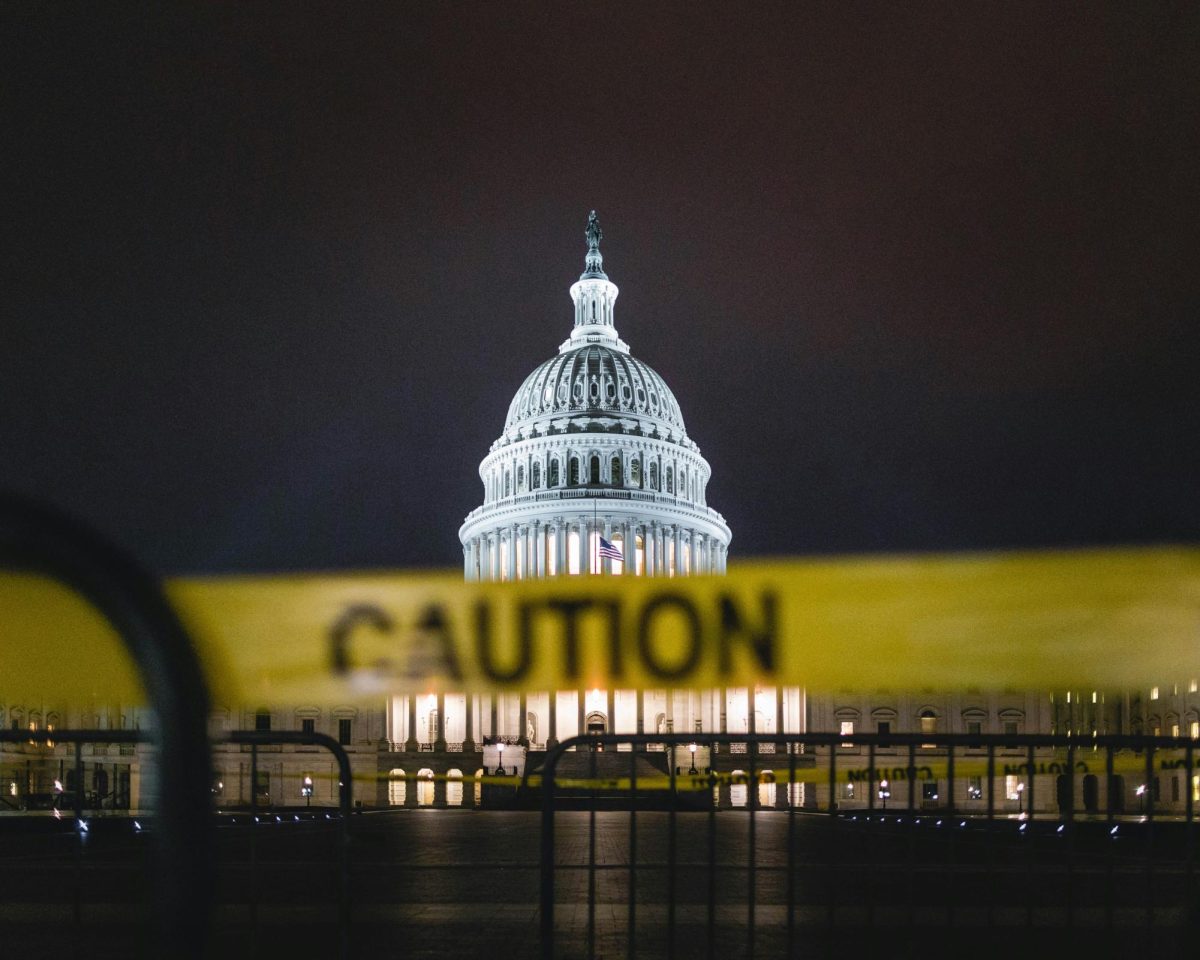

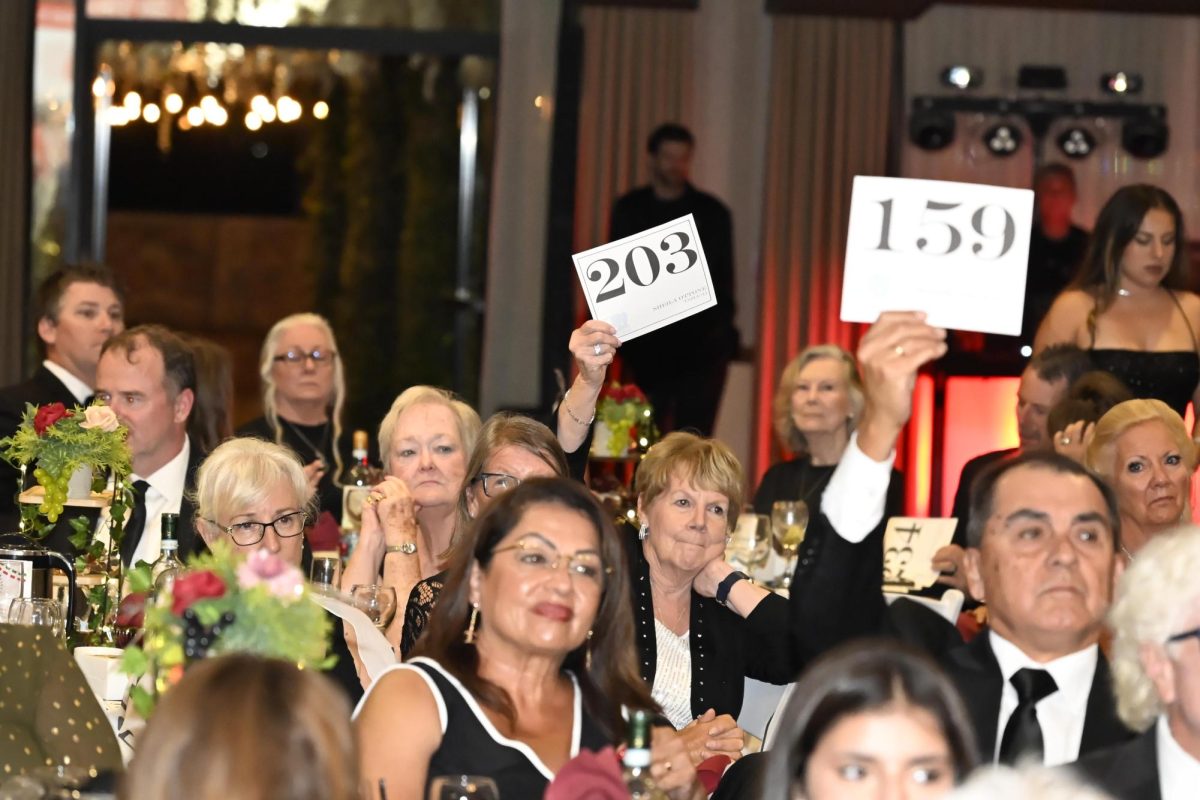
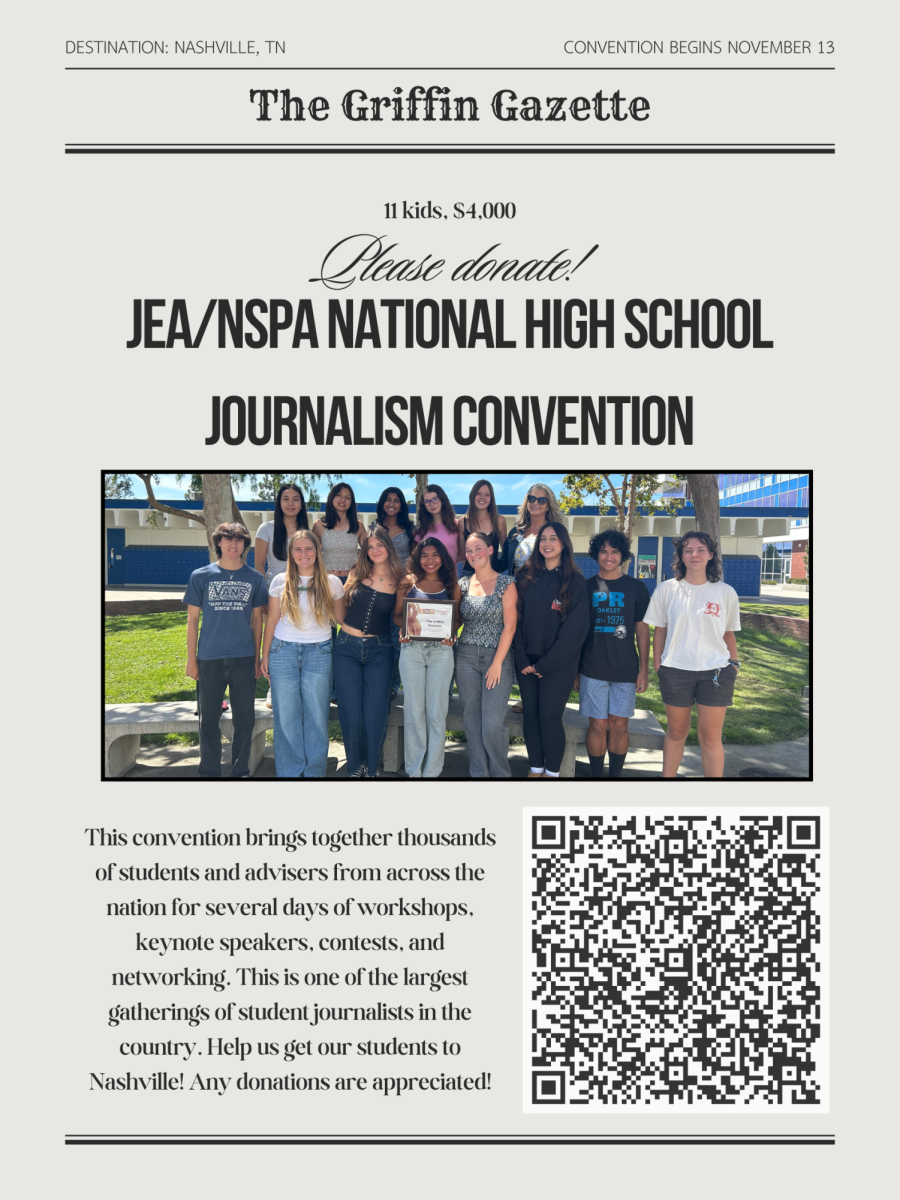

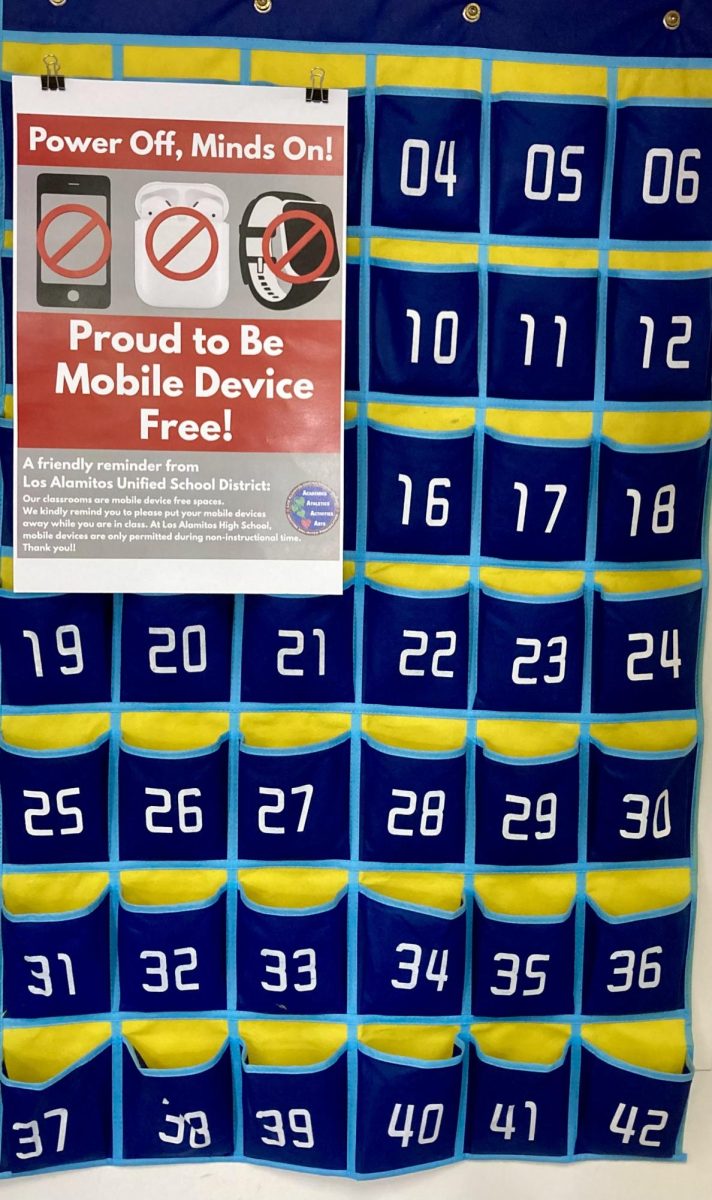
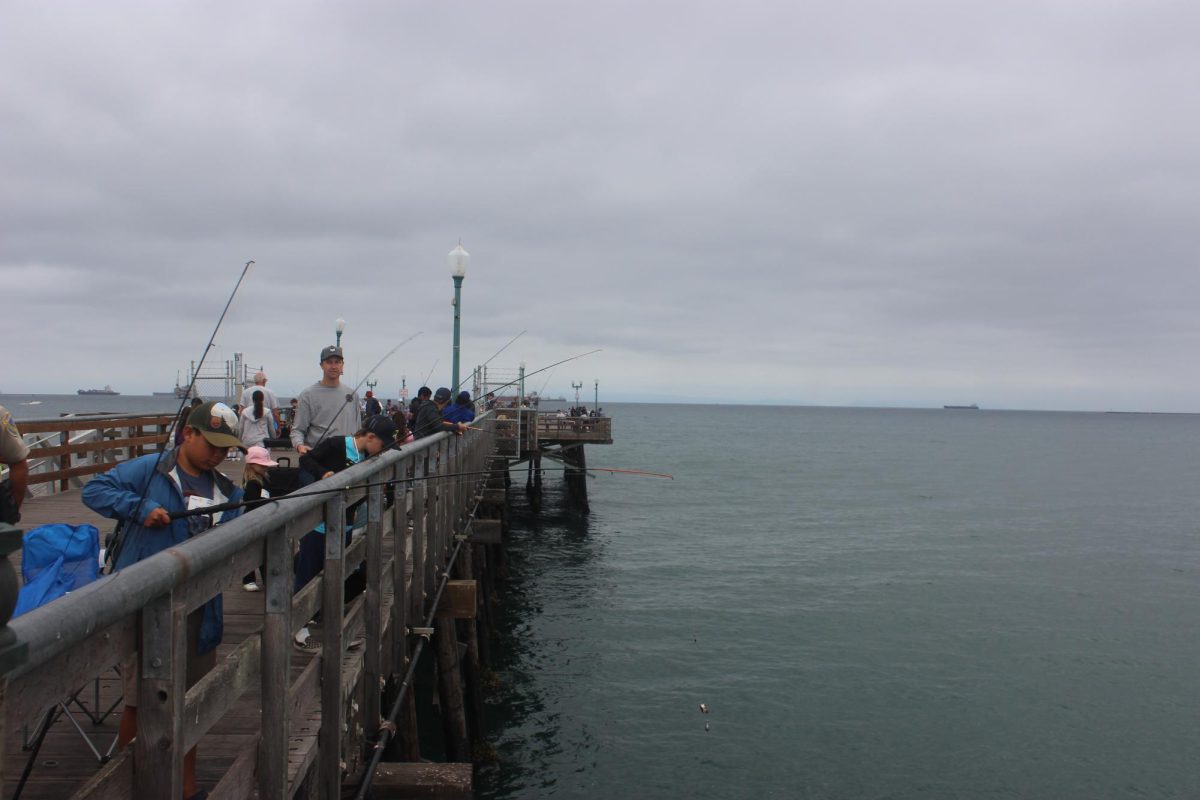


Katie Arnoult • Nov 15, 2023 at 3:09 pm
Bella, this is such a great article! All the info was presented in an understandable way, and it tells an amazing story too.
Owen Silverman • Nov 15, 2023 at 12:09 pm
Great article, Bella. It was very informative and fun to read.